In modern football, the “Golden Zone” has become a buzzword among tacticians, analysts, and coaches. This term refers to a specific area on the pitch that has proven to be the most effective for creating and converting scoring opportunities. But what exactly is the Golden Zone, and why is it so significant in football tactics? In this article, we’ll break down the concept, its importance, and how teams utilize it to gain a competitive edge.
What is the Golden Zone?
The Golden Zone refers to the area of the pitch located centrally, just inside the penalty area, and extending to the width of the six-yard box. Statistically, this is the region where the majority of goals are scored. Shots taken from this zone have a higher probability of success due to the proximity to the goal and the favorable angle for shooting.
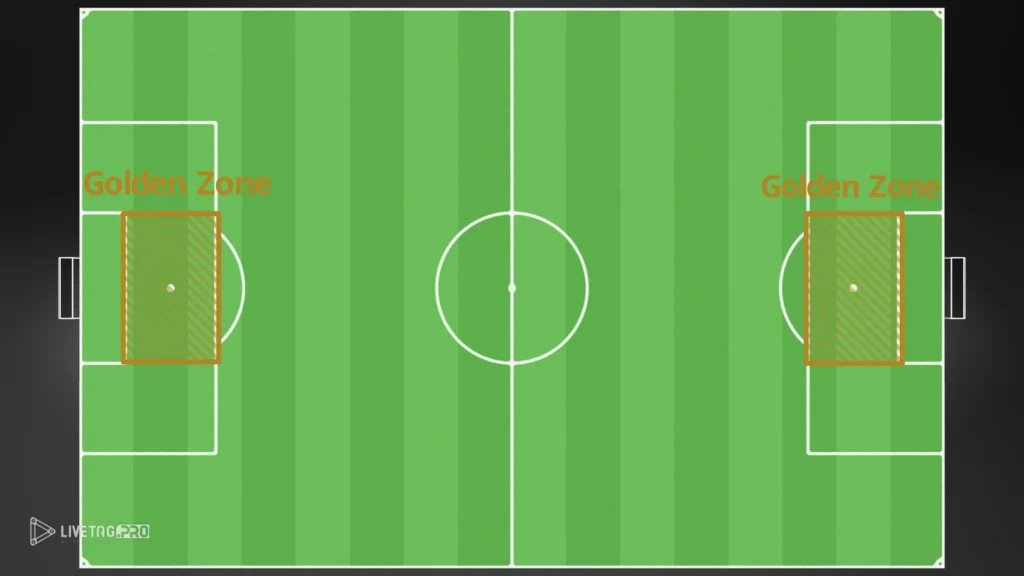
In terms of xG (expected goals) metrics, attempts made within the Golden Zone often have the highest xG values. This underscores why many teams structure their attacking play to penetrate this crucial area.
To better understand its dimensions, the Golden Zone is typically located within the penalty box, roughly from 6 to 12 yards out. Its significance is not just rooted in raw statistics but also in how this area influences both attacking and defensive tactical setups.
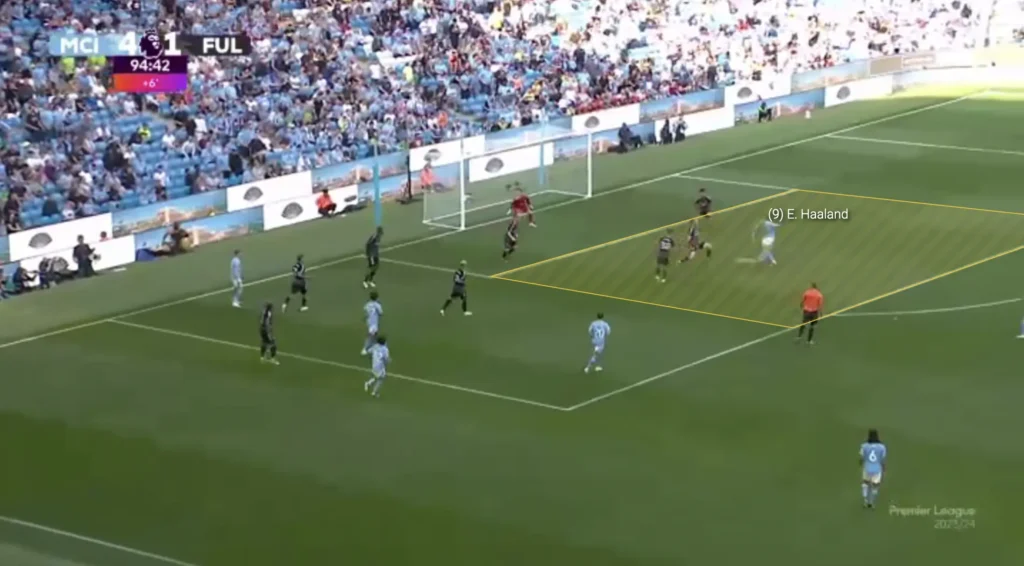
Why is the Golden Zone Important?
- Higher Scoring Probability:
The Golden Zone offers the most optimal shooting angles and distances. Shots from this area are less likely to be blocked and more likely to trouble goalkeepers due to reduced reaction time. Players shooting from here often find themselves with a clear line of sight on goal, increasing their chances of scoring. - Tactical Efficiency:
Building attacks to exploit this zone minimizes wasted possession. Teams prioritize creating high-quality chances rather than relying on speculative long-range efforts. This shift has been amplified by the advent of data-driven analysis, which emphasizes quality over quantity in attacking play. - Pressure on Defenders:
Opponents often collapse defensively to protect the Golden Zone, creating space in wide areas or around the edge of the box for secondary attacks. This defensive focus can leave gaps elsewhere, which clever teams can exploit. - Psychological Impact:
For attackers, reaching the Golden Zone boosts confidence, as it feels like the most rewarding area to be in. For defenders, it’s the area they fear conceding from, adding a layer of psychological pressure to their decision-making.
How Teams Exploit the Golden Zone
Penetrative Passing:
Teams often use intricate passing sequences, such as through balls, diagonal passes, or cut-backs, to access the Golden Zone. Players with vision and precision, like Kevin De Bruyne or Phil Foden, are instrumental in creating these opportunities. These players excel at threading passes that break defensive lines and provide forwards with high-percentage chances.
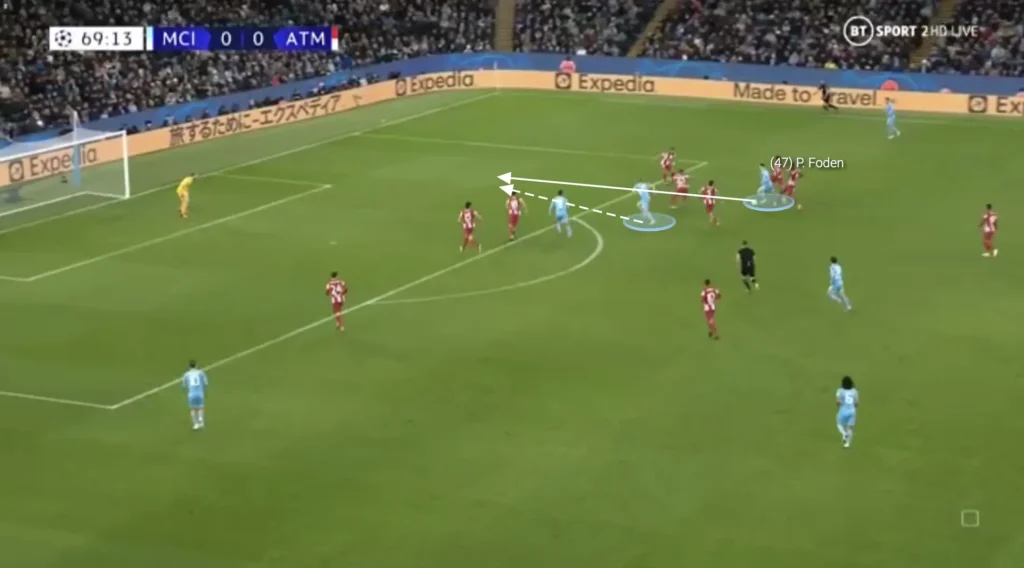
Wide Play and Cut-backs:
Fullbacks and wingers play a vital role in modern football by delivering low, driven crosses or cut-backs into the Golden Zone. These passes are difficult for defenders to intercept and perfectly set up attackers for one-touch finishes. Teams like Liverpool, with players like Trent Alexander-Arnold and Andrew Robertson, have become experts in this approach.
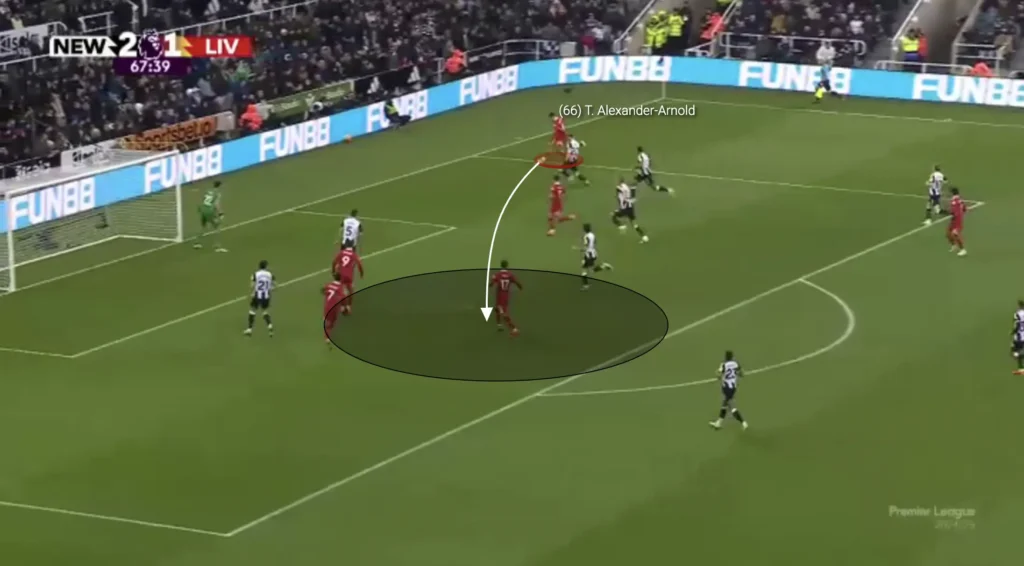
Third-Man Runs:
Third-man runs involve a player making an off-the-ball movement into the Golden Zone to receive a pass from a teammate. These runs are particularly effective because they exploit defensive lapses and create overloads in the penalty area. Timing and coordination are key, as seen in teams like Manchester City, where players make these runs seamlessly.
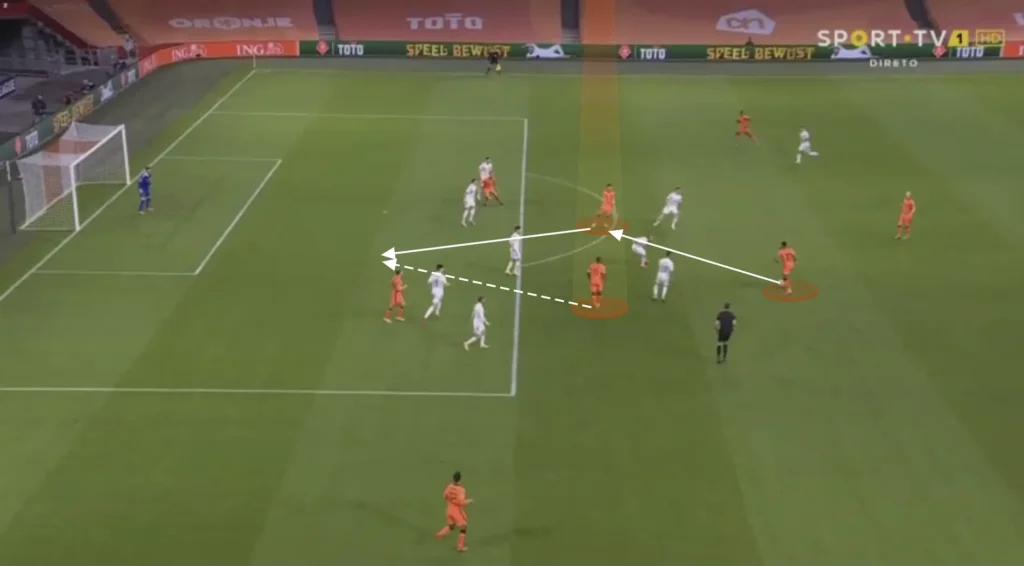
Combination Play:
Quick one-twos and triangular passing patterns in and around the penalty area can break defensive lines, allowing attackers to infiltrate the Golden Zone. This method requires excellent technical skills and spatial awareness, making it a hallmark of possession-heavy teams like FC Barcelona during their tiki-taka era.
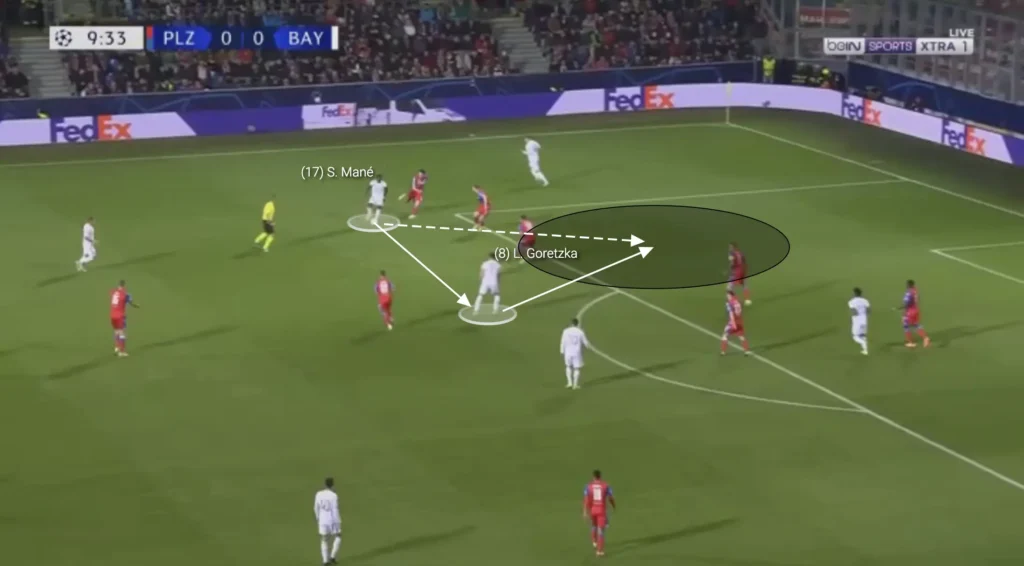
Cross-Goal Finishing:
Once inside the Golden Zone, attackers are often instructed to aim for the far post. This approach increases the likelihood of scoring, as it forces goalkeepers to stretch further while also opening the possibility of rebounds or deflections for other attackers.
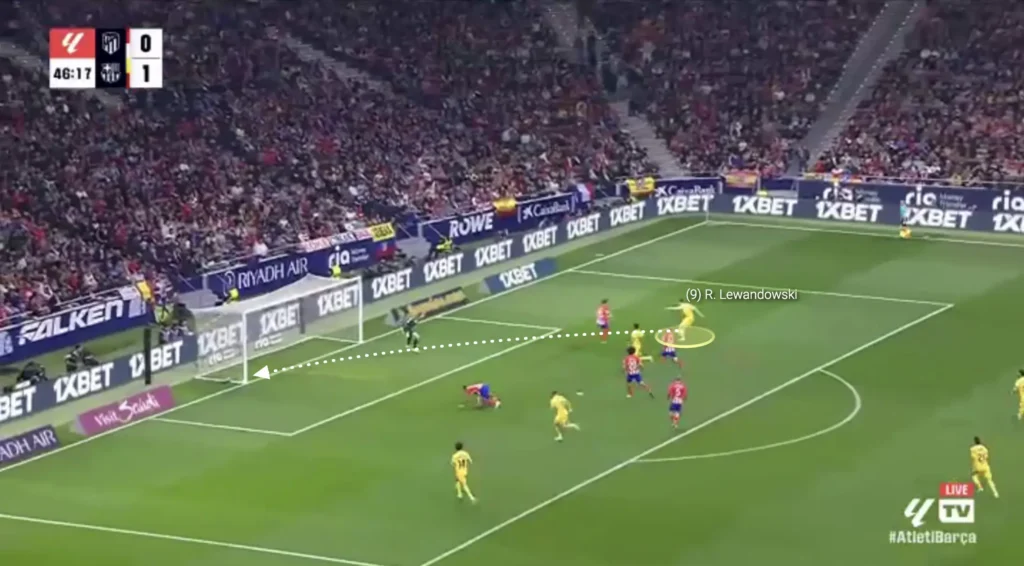
Defensive Strategies Against the Golden Zone
To counter the threat of the Golden Zone, teams employ various defensive strategies:
- Compact Defensive Shapes:
Teams stay narrow and compact to deny access to the Golden Zone, forcing opponents to attack from wider or less dangerous areas. Defenders work in unison to close gaps and limit space, making it difficult for attackers to penetrate. - Tracking Runners:
Defenders focus on marking and tracking off-the-ball movements, preventing players from exploiting space in the zone. Midfielders also drop deep to add extra layers of protection, ensuring that runners into the box are picked up. - Pressing:
By applying pressure higher up the pitch, teams aim to disrupt build-up play before it reaches the Golden Zone. Effective pressing can force attackers into making mistakes or taking shots from low-probability areas. - Blocking Passing Lanes:
Defensive midfielders and center-backs work together to block passing lanes into the Golden Zone. This requires excellent anticipation and positioning, as well as communication between defensive units.
Conclusion
The Golden Zone remains a fundamental concept in football tactics, offering teams a blueprint for maximizing their attacking efficiency. By understanding how to exploit this area—through clever passing, movement, and positioning—teams can significantly improve their chances of success. On the flip side, effective defensive strategies against the Golden Zone are equally vital to nullify an opponent’s threat.
As the game evolves, so too will the methods of attacking and defending this crucial area. Whether you’re a coach, player, or analyst, mastering the nuances of the Golden Zone can elevate your understanding of the beautiful game. Ultimately, the Golden Zone is not just a statistical hotspot but a tactical battleground where matches are often won or lost.
